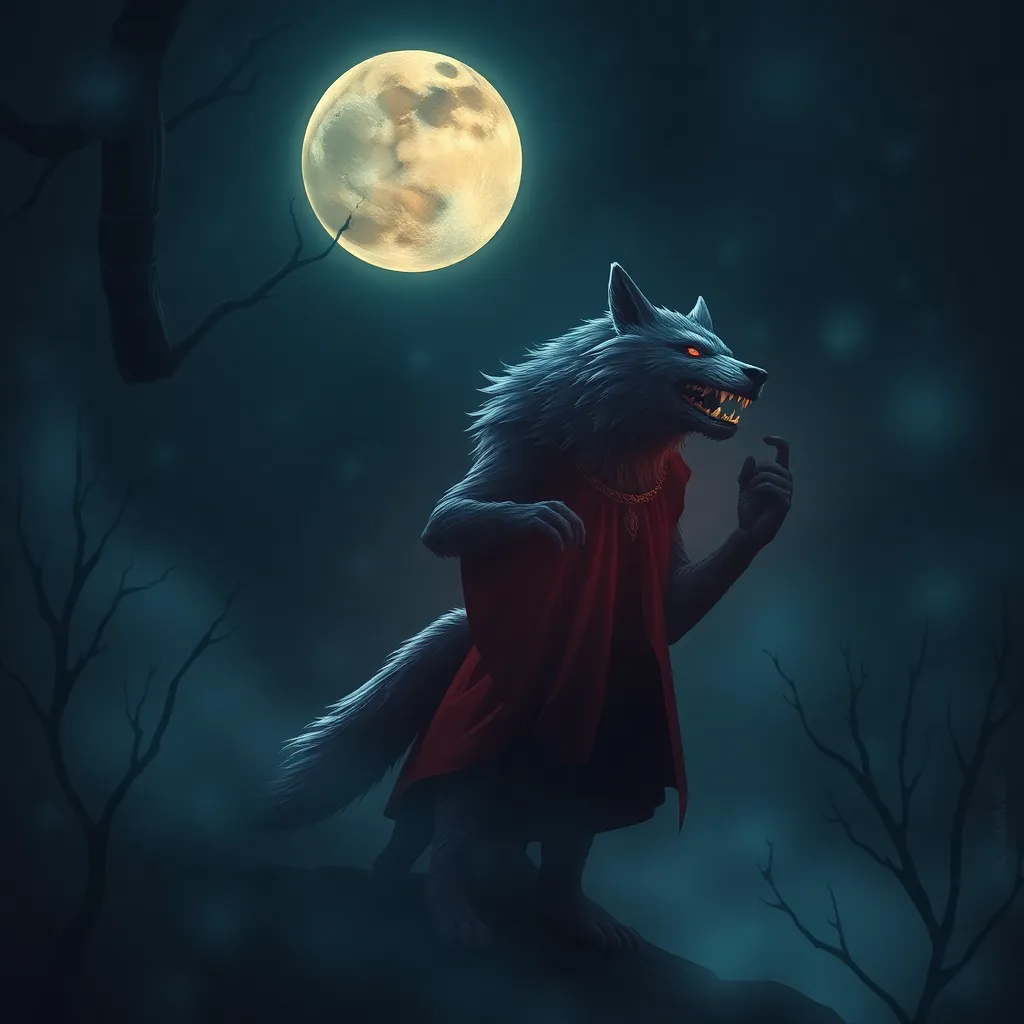The Simurgh’s Guidance to Lost Travelers: A Tale of Protection and Navigation
I. Introduction to the Simurgh
The Simurgh is a mythical bird found in Persian mythology, often depicted as a large, majestic creature that embodies wisdom, protection, and enlightenment. This enchanting figure, often compared to the phoenix, plays a significant role in the cultural fabric of ancient Persia, symbolizing the connection between the earth and the heavens.
In the lore, the Simurgh possesses incredible traits and powers. It is said to have the ability to heal, to guide lost souls, and to provide shelter to those in need. The bird is often associated with the themes of rebirth and transformation, emphasizing its importance in the cycles of life and destiny.
The cultural significance of the Simurgh extends beyond mere storytelling. It is a symbol of hope, resilience, and the eternal quest for knowledge, making it a central figure in Persian literature and folklore. The tales of the Simurgh continue to resonate, illustrating the complexities of human experience and the need for guidance on life’s journey.
II. The Symbolism of the Simurgh in Navigation
In ancient tales, the Simurgh often assumes the role of a guide for travelers, symbolizing safety and enlightenment. Its presence in these narratives serves as a reminder of the importance of having a protector during uncertain times.
The symbolism associated with the Simurgh is rich and multifaceted:
- Guidance: The Simurgh leads lost travelers towards their intended paths, illuminating the way through darkness.
- Wisdom: The bird embodies knowledge and understanding, helping individuals make wise decisions.
- Protection: The Simurgh acts as a guardian, shielding travelers from dangers and misfortunes.
Overall, the Simurgh represents the potential for enlightenment and safety in the midst of life’s challenges, acting as a beacon of hope for those who are lost.
III. The Journey of the Lost Traveler
The themes of loss and searching are prevalent in mythology, often reflecting the human condition. The concept of the lost traveler is a powerful archetype in literature, symbolizing the quest for purpose and direction.
Common archetypes of the lost traveler include:
- The Seeker: A character who embarks on a journey to find their identity or purpose.
- The Wanderer: A figure who roams aimlessly, searching for meaning in their experiences.
- The Hero: A protagonist who faces trials and tribulations, ultimately finding their way with the help of a guiding force.
Guidance during times of uncertainty is crucial. The presence of a guiding figure, like the Simurgh, can offer comfort and direction, helping the traveler navigate through challenges and find their path amidst chaos.
IV. Legendary Encounters with the Simurgh
Many stories feature encounters with the Simurgh as a protector and guide. One notable tale involves the hero Zal, who, abandoned at birth due to his albinism, is raised by the Simurgh. This encounter sets the stage for Zal’s future as a great warrior and leader.
In these legendary narratives, the interactions between travelers and the Simurgh often reveal profound lessons:
- Trust in Guidance: The need to trust in one’s guides during difficult times.
- Transformation: The idea that guidance can lead to personal growth and change.
- Connection: The importance of forming connections with others, be they mythical or human.
These encounters remind us that even in moments of despair, hope and guidance can emerge from unexpected places.
V. The Simurgh’s Role in Personal Transformation
The guidance of the Simurgh can lead to profound self-discovery. As travelers receive wisdom from this majestic creature, they often undergo significant personal transformations, gaining insights into their true selves and the nature of their journeys.
The connection between navigation and personal growth is evident in the way individuals learn to face their fears and challenges with newfound courage and clarity.
The impact of the Simurgh’s wisdom on individual journeys can be summarized as follows:
- Self-Awareness: Encouraging individuals to reflect on their experiences and emotions.
- Empowerment: Instilling confidence to pursue one’s desires and goals.
- Resilience: Fostering the ability to overcome obstacles and adapt to change.
Through the lens of the Simurgh, the journey becomes not just a physical one, but a deeply personal exploration of the self.
VI. The Simurgh in Contemporary Context
In modern literature and art, the Simurgh continues to inspire new interpretations. Artists and writers draw upon the symbolism of the Simurgh to convey themes of guidance, protection, and transformation in a contemporary setting.
The relevance of the Simurgh’s guidance in today’s world is undeniable. In an era characterized by uncertainty and rapid change, the lessons of the Simurgh resonate with many:
- Seeking Guidance: Encouraging individuals to seek mentors and support in their journeys.
- Finding Meaning: Reminding people of the importance of discovering purpose in their lives.
- Embracing Change: Advocating for adaptability in the face of life’s challenges.
As contemporary travelers and seekers navigate their paths, the myth of the Simurgh provides timeless insights and encouragement.
VII. Lessons from the Simurgh for Modern Travelers
From the teachings of the Simurgh, modern travelers can glean valuable lessons that apply to both personal and physical journeys:
- Practical Takeaways: Emphasizing the importance of preparation and planning before embarking on a journey.
- Strategies for Navigation: Cultivating intuition and listening to inner guidance.
- Seeking Support: Recognizing the value of community and mentorship in achieving one’s goals.
By incorporating these lessons into their lives, individuals can navigate their journeys with greater confidence and clarity.
VIII. Conclusion: Embracing the Wisdom of the Simurgh
In summary, the Simurgh serves as a powerful guide and protector for lost travelers, embodying wisdom, safety, and enlightenment. Its role in mythology highlights the importance of guidance in overcoming life’s challenges.
As we reflect on the significance of the Simurgh, we are reminded of the importance of myths in understanding our journeys. They provide us with the narratives and symbols that help us navigate our own paths.
Ultimately, we are encouraged to seek our own Simurghs in life’s travels, whether they manifest as mentors, friends, or inner wisdom. Embracing this guidance can lead to profound personal transformation and a deeper connection with the world around us.



